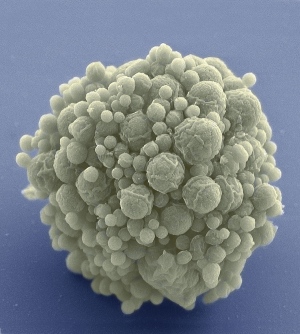MI weekly selection #174

Synthetic cell with just 473 genes developed
A synthetic cell containing just 473 genes, the smallest number of genes in any independent life form that exists in nature, has been developed by a team of scientists led by genomics expert Craig Venter. The functions of 149 of the genes in JCVI-syn3.0 are unknown.
Vivid simulations chart evolution of sun’s magnetic field
How the sun creates order from chaos in its magnetic field is vividly shown in computer simulations by scientists at Japan’s Chiba University. The simulation shows how charged plasma moves on the sun, making small changes to its magnetic field that allow the formation of the large-scale magnetic field.
Wall-climbing fish moves like walking land vertebrates
Scientists have observed a blind fish that climbs waterfall walls in a Thailand cave in the same way that vertebrates walk on land. Cryptotora thamicola’s skeleton has many similarities to vertebrate ancestors, such as a complex pelvis, allowing them to move like tetrapods, which were among the first land vertebrates.
Manuscript by Newton details how to make “philosophers’ stone”
An ancient alchemy manuscript by Isaac Newton containing instructions on how to make a material needed to create the legendary philosophers’ stone has been discovered in a private collection that was up for auction last month. The title of the 17th century manuscript, translated from Latin, is “Preparation of the [Sophick] Mercury for the [Philosophers’] Stone by the Antimonial Stellate Regulus of Mars and Luna from the Manuscripts of the American Philosopher.” The manuscript was bought at auction by the Chemical Heritage Foundation.
Moon’s poles have shifted slightly
Extinct volcanoes may be responsible for the relocation of the moon’s poles over billions of years. The areas where the poles used to be billions of years ago are not far from where the poles are now, and they are indicated by water ice deposits. The poles moved after the moon rebalanced itself following volcanic eruptions.